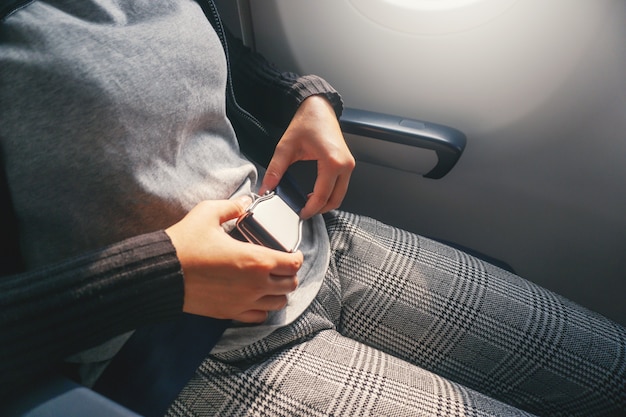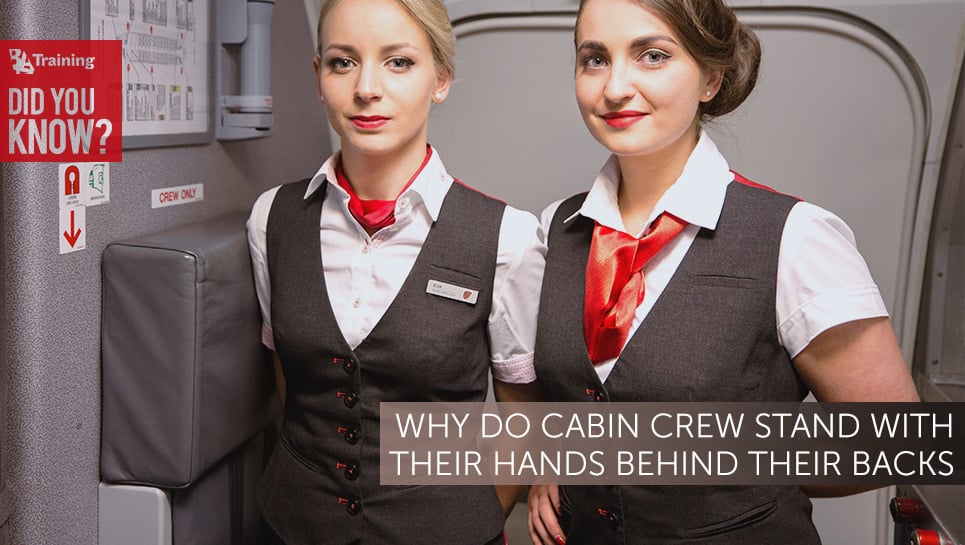There’s almost no design for beauty in aviation. The wing location, round windows, waist seat belts. Why are all these things exactly that way? Fasten your seat belts. You’ll get answers to a lot of questions about planes.
1) How to go faster in line at the airport?
It’s better to stand in the leftmost line during check-in. You’re likely to go faster because most people are right-handed and intuitively turn right.

2) Why can’t you carry liquids on board During The flight ?
Hazardous substances can be easily dissolved in liquids. So, for safety reasons, only a very small volume of liquid can be carried on board a plane.
3) Why are the wings of most passenger aircraft located at the bottom of the plane?
It’s called a low wing. Firstly, if you install the engine under low wings, it will be closer to the ground and easier to repair. Secondly, the wings will take on part of the shock in case of a hard landing. And if the plane falls into the water, then the wings become a life-saving pillow. By the way, a plane can stay afloat from 10 minutes to 60 hours. It all depends on the model of the plane, weather conditions, and pilot’s skills.
4) Why are the wings of cargo planes located at the top?
Now this is called a high wing. It’s easy to load cargo onto these planes since the hull is very close to the ground. Also, it’s convenient to land on airfields with a not-so-well-prepared runway. Debris won’t get into the engine. And last but not least, such a wing position has less aerodynamic drag during the flight.

5)Why do many military planes have wings located in the middle?
Air flows better around the plane because of this arrangement of wings. Thus, the aircraft develops greater speed.
6) Why are most planes white?
Well, this color best reflects the sun’s rays and the aircraft body doesn’t heat up. Also, the damage is best seen on white. And finally, and perhaps most importantly, white paint is simply cheaper.
7) Why are the turbines under the wings?
Maintenance of engines located under the wings is cheaper and takes less time. Previously, airlines installed engines in the tail. Expensive equipment and much more time was required to service these engines. The cost of air tickets immediately decreased when they started to install engines under the wings.

8) Can a plane fly with only one engine?

Yeah, pilots easily control and land a plane if one of the engines stops working. The plane will just lean slightly to the side during the flight. But the coolest thing is that passengers will probably not even notice it ?!!!
9) What does a small triangle on the aircraft walls mean?

These triangles are special labels for flight attendants. They mark certain windows through which flashing indicators can be seen. They signal retraction of the landing gear and closing of flaps. If the pilot receives a signal about some problem, the flight attendants quickly find the necessary windows and figure out the problem. And for passengers, this is the place with the best view of the wings. You can get the best photos here.
10) Why are seat belts stretched across your stomach?

When the plane gets into turbulence, it’s tossed a bit in the air during flights. The waist belt will simply hold you in place in case of a more severe shake. Shoulder straps would require more space between the seats, and this is not justified on a plane. In a car, the impact is usually much stronger, so you need that shoulder strap not to woosh through the windshield.
11) Why do flight attendants also have a shoulder strap then?
Flight attendants’ seats are much less comfortable than passengers’ ones. They’re narrower and positioned facing the passengers. Flight attendants need extra protection simply not to fall off their seats if the plane shakes hard enough. Also, they have to help and direct people during potential evacuation, and for that they need to be in top shape.
12) Why does one of the flight attendants hold their hand behind their back when you enter the cabin?

They count the number of incoming passengers on a special device and check that all passengers are on board.
13) What exactly is turbulence?
Alright. Imagine a big hot-air balloon. See that flamethrower? It heats the air, which makes the balloon go up. Turbulence is the same: hot air. it’s created by nature, not by a flamethrower. And there is a plane instead of a balloon. That’s why you can feel like you’re on a very bad roller coaster in turbulence. Also, turbulence can occur if your plane gets into the wake (or exhaust stream) left by another plane.
14) How are airplanes protected from lightning?
Even if lightning strikes, the passengers won’t feel it. The entire aircraft is covered with an aluminum coating that conducts electric current but doesn’t allow it inside the plane. All electronics and fuel tanks are equipped with additional protection too. And of course, all this protection is tested by simulating lightning strikes.
/cloudfront-ap-southeast-2.images.arcpublishing.com/nzme/IGIDGPM3FLFPJF5CVVPZEB3FZ4.jpg)
15) Why couldn’t you use your phone on an airplane in the past?
Mobile phones were really dangerous for flights, but only when they had just appeared. Their radio signal could disrupt the work of the electronics of the aircraft. Fortunately, modern phones can no longer do this because their communication functions have changed, and airplane mode has appeared.
16) Why do some airlines recommend not using phones even now?
They impose phone restrictions because people should remain vigilant in case of unforeseen situations on board. It’s quite difficult to get the passenger’s attention when they’re watching a movie or playing a game on their smartphone.
17) In what cases do oxygen masks fall out of the ceiling?

Masks don’t only fall out when the plane is falling, but when the air pressure changes too. Like if the plane decompresses for some reason. Air is getting thinner in the cabin at a certain altitude. So that passengers don’t feel this, they put on oxygen masks. Pilots quickly drop to a safe altitude, and you can breathe further without a mask on.
On The Next Page —>
Why are airplane windows round?
